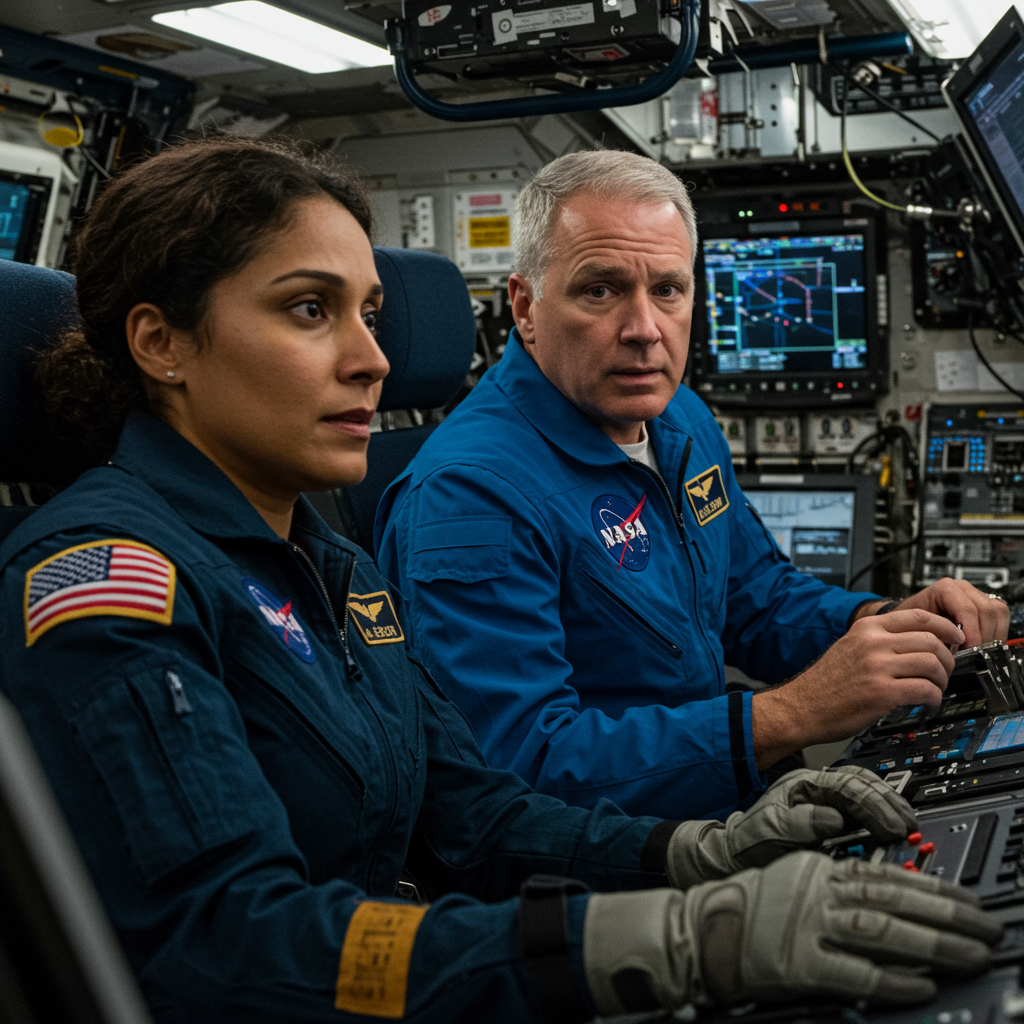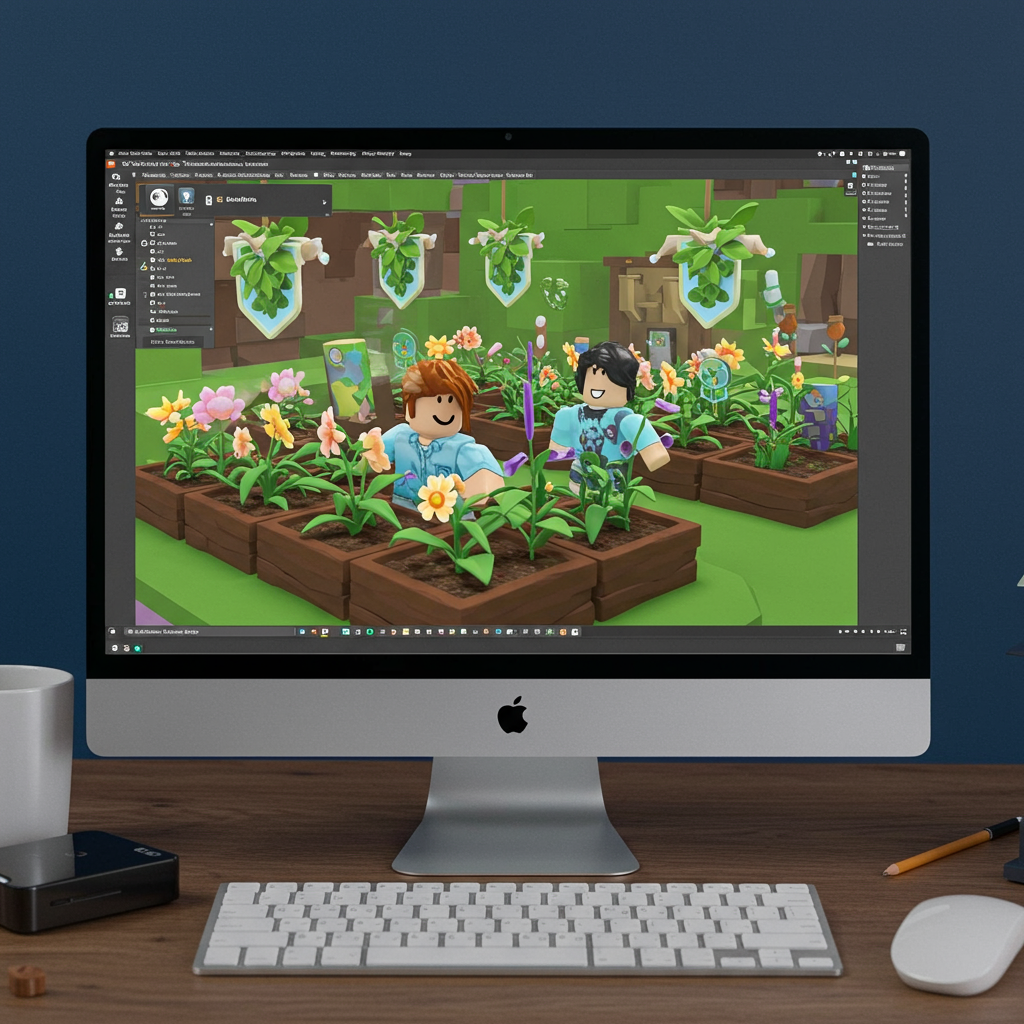NASA astronauts Sunita Williams and Butch Wilmore embarked on what was intended to be a short, eight-day test flight aboard Boeing’s Starliner spacecraft in June 2024. Their mission was to be the first crewed journey for the Starliner capsule to the International Space Station (ISS). However, unexpected and critical technical problems turned their brief trip into a dramatic, nearly 10-month saga, leaving the astronauts grappling with the daunting question of whether they could even make it back home.
The Crisis Point: Thruster Failure During Approach
The most immediate and terrifying challenge occurred as the Starliner capsule approached the ISS. Multiple thrusters, essential for maneuvering, failed, rendering the spacecraft unable to automatically fly forward and dock. For Williams and Wilmore, both seasoned astronauts involved in testing the Starliner itself, this was a moment of intense uncertainty.
Wilmore recounted the gravity of the situation: “Docking was imperative.” Without a successful docking, the astronauts faced an unknown fate. “If we weren’t able to dock, would we be able to make it back? We didn’t know,” he told the BBC. Both admitted that the possibility of never seeing Earth again “definitely went through our minds” during that tense period.
Training Takes Over: Focusing on Solutions
Despite the life-threatening nature of the thruster failures, the astronauts credited their extensive training with preventing them from dwelling on worst-case scenarios. Instead, their focus immediately shifted to problem-solving.
Williams described an almost intuitive understanding between them. “You sort of read each other’s mind and know where we’re going with all the failures,” she explained. While the issues were unexpected, their immediate reaction was practical: “What do we have? What can we do?” Working closely with Mission Control on the ground, they managed to restart the crucial thrusters, successfully docking with the ISS after several critical minutes.
An Unexpectedly Long Stay: Nearly 10 Months in Orbit
While the immediate crisis of docking was resolved, the problems with the Starliner didn’t end there. Helium leaks and further thruster issues discovered during the flight raised serious concerns about the capsule’s safety for returning the crew to Earth. NASA ultimately determined it was too risky to bring the astronauts home on the Starliner as planned.
The Starliner capsule was sent back to Earth uncrewed in September 2024, where it landed safely. Williams and Wilmore, meanwhile, remained aboard the ISS. What began as an eight-day test mission stretched into an unexpectedly long stay of nearly 10 months, totaling 285 days in space.
Not “Stranded”: The ISS as a Safe Haven
Throughout their prolonged stay, media reports often described the astronauts as “stranded.” However, both Williams and Wilmore, as well as NASA officials, clarified that this wasn’t accurate. The International Space Station is always equipped with docked spacecraft, such as SpaceX’s Dragon capsules, which serve as emergency lifeboats capable of returning crew members to Earth if needed.
The astronauts emphasized that they never felt abandoned. They understood the complexities of human spaceflight, especially on a test mission, and had complete trust in the vast team supporting them. “We knew nobody was going to just let us down… we knew everybody had our back and was looking out for us,” Williams affirmed.
Life Aboard the ISS and Political Currents
During their extended time in orbit, Williams and Wilmore integrated into station operations, conducting scientific experiments, performing maintenance, and even participating in spacewalks. Notably, Suni Williams extended her record for total spacewalking time by a female astronaut during this period.
Their prolonged presence in space also briefly became entangled in political rhetoric, with figures suggesting delays were politically motivated. However, both the astronauts and NASA officials consistently stated that the extended stay and the plan for their eventual return via a SpaceX Crew-9 mission (which launched with two empty seats for them) were logistical and technical decisions driven by safety concerns and operational needs, established months in advance, rather than political influence.
Return to Earth and the Path Forward
After nearly 10 months, Sunita Williams and Butch Wilmore finally returned to Earth on March 18, 2025, aboard a SpaceX Dragon capsule, splashing down off the coast of Florida. Wilmore highlighted that their rigorous daily exercise routine on the ISS, including squats and deadlifts, paid off, resulting in him returning “literally stronger than I’ve ever been.” Williams agreed but noted the physical challenge of readjusting to gravity’s weight after so long.
Since their return, both astronauts have been actively working with NASA and Boeing to address the technical issues encountered during the Starliner test flight. Despite the dramatic challenges of their mission, they remain optimistic about the Starliner program. They describe it as a “very capable spacecraft” with “unique capabilities” beneficial for future missions and have stated their personal willingness to fly on it again once the necessary fixes are implemented. Their unexpected journey underscores the inherent risks and complexities of pioneering new frontiers in human spaceflight.
References
- https://www.bbc.com/news/articles/clygd1vl9yeo
- https://www.bbc.co.uk/news/articles/clygd1vl9yeo
- https://nypost.com/2025/05/31/world-news/astronauts-stranded-in-space-wondered-if-theyd-ever-return/
- https://www.factcheck.org/2025/03/the-facts-behind-the-delayed-return-of-u-s-astronauts/
- https://www.govtech.com/products/nasa-astronauts-headed-home-from-space-after-9-month-delay




